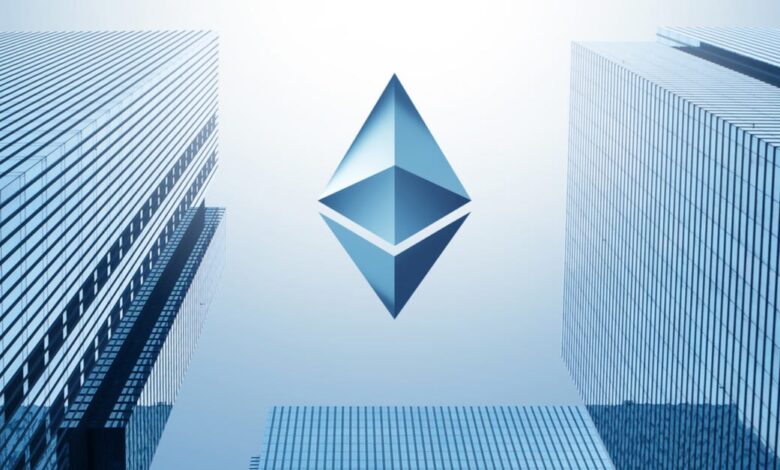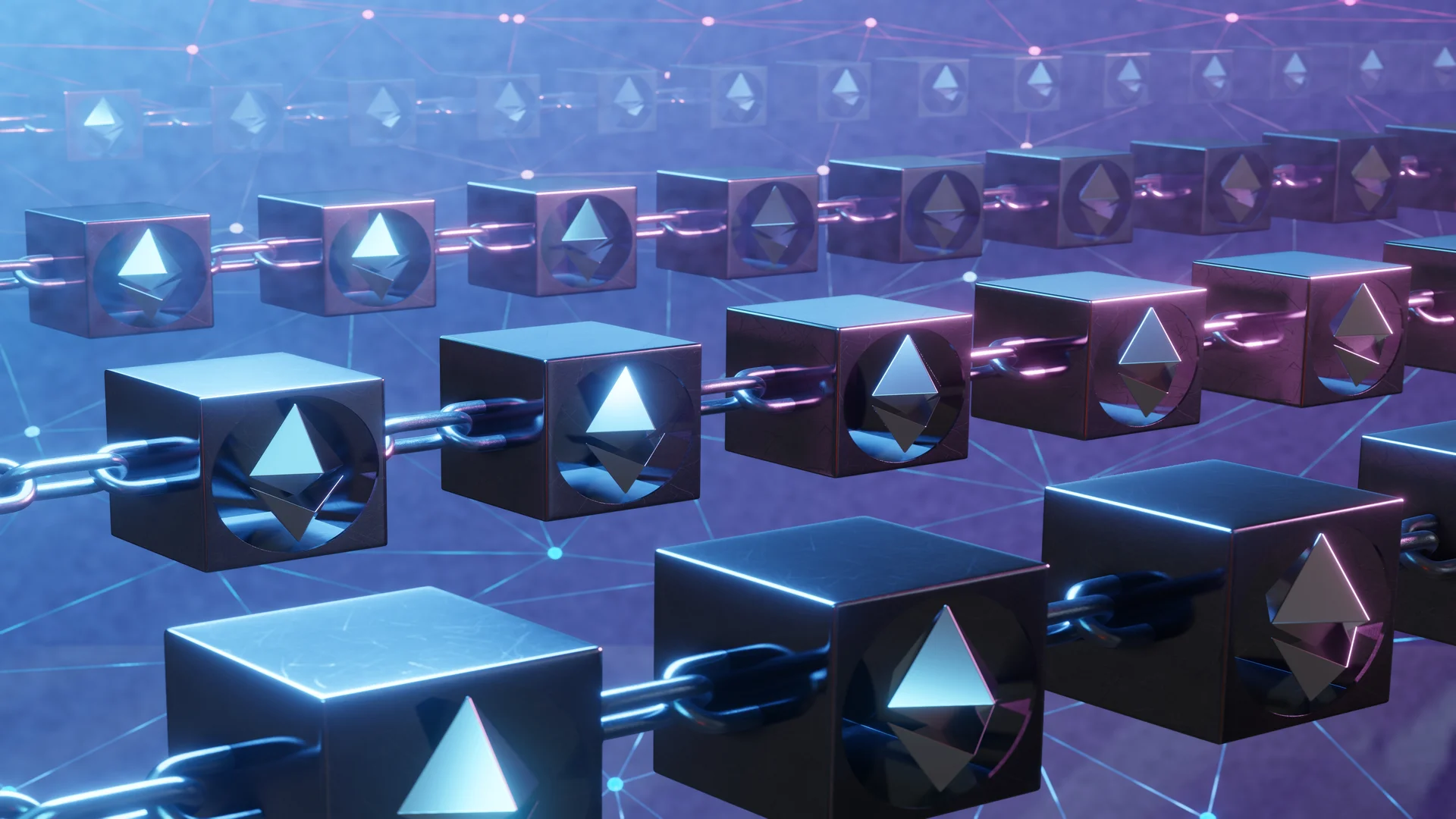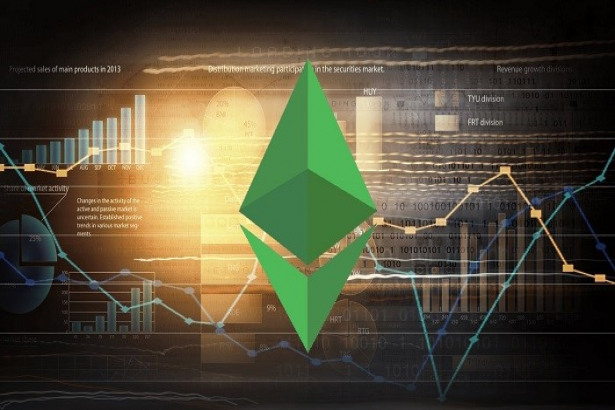How Ethereum is Created Complete Development Guide

How Ethereum is created requires diving deep into the revolutionary world of blockchain technology and decentralized computing. Ethereum, the second-largest cryptocurrency platform by market capitalization, represents far more than just digital currency – it’s a comprehensive ecosystem that enables smart contracts, decentralized applications (DApps), and programmable money.
The creation of Ethereum began with a visionary concept in 2013 when 19-year-old Vitalik Buterin proposed a blockchain platform that could execute arbitrary code through smart contracts. Unlike Bitcoin’s limited scripting capabilities, Ethereum’s creation involved developing a Turing-complete virtual machine that could run complex applications directly on the blockchain. This groundbreaking approach to blockchain development has since spawned an entire industry of decentralized finance (DeFi), non-fungible tokens (NFTs), and Web3 applications.
Today’s Ethereum network processes millions of transactions daily, hosts thousands of applications, and has facilitated over $1 trillion in total value locked across various protocols. Understanding the creation process helps developers, investors, and enthusiasts grasp the technical foundations that make this ecosystem possible.
The Genesis of Ethereum: From Concept to Reality
Vitalik Buterin’s Vision and the Original Whitepaper
A programmer and Bitcoin enthusiast, recognized limitations in Bitcoin’s scripting language. His original Ethereum whitepaper outlined a revolutionary concept: a blockchain platform capable of executing arbitrary programs through smart contracts.
Buterin’s vision extended beyond simple peer-to-peer transactions. He envisioned a decentralized world computer where developers could build complex applications without relying on traditional centralized servers. This concept became the foundation for Ethereum’s creation and sparked interest from developers worldwide.
The whitepaper introduced several key innovations that would define how Ethereum is created:
- A Turing-complete programming language for smart contracts
- Gas fees to prevent infinite loops and spam
- A virtual machine (EVM) to execute code consistently across all nodes
- Account-based transaction model instead of Bitcoin’s UTXO system
Early Development Team and Funding
Ethereum’s creation involved assembling a talented team of developers, including Gavin Wood, Jeffrey Wilcke, and Anthony Di Iorio. Each member brought unique expertise in blockchain technology, cryptography, and software development.
The project’s funding came through one of the first major cryptocurrency crowdsales in 2014, raising over 31,000 Bitcoin (worth approximately $18 million at the time). This funding enabled the team to dedicate full-time resources to developing the Ethereum protocol and building the necessary infrastructure for launch.
Technical Architecture: How Ethereum’s Core Components Are Built

The Ethereum Virtual Machine (EVM)
The runtime environment for smart contracts. The EVM serves as a decentralized computer that executes code identically across all network nodes, ensuring consistent results regardless of the underlying hardware or operating system.
The EVM’s creation involved designing a stack-based virtual machine with its own instruction set (opcodes) and gas metering system. Every operation consumes a predetermined amount of gas, preventing infinite loops and ensuring network stability. This gas mechanism is fundamental to how Ethereum is created and maintained.
Key EVM features include:
- Smart contract execution environment
- Deterministic computation across all nodes
- Gas-based resource allocation
- Memory and storage management
- Error handling and exception management
Consensus Mechanisms and Network Security
The process of how Ethereum is created initially relied on Proof-of-Work (PoW) consensus, similar to Bitcoin. However, Ethereum’s creation roadmap always included plans for transitioning to Proof-of-Stake (PoS) for improved energy efficiency and scalability.
The Ethereum 2.0 upgrade, completed in September 2022 with “The Merge,” transitioned the network from PoW to PoS. This transition represents a major milestone in how Ethereum is created and evolved over time.
Proof-of-Stake mechanics:
- Validators stake 32 ETH to participate in consensus
- Random selection process for block proposal
- Slashing penalties for malicious behavior
- Reduced energy consumption by 99.9%
Smart Contracts and Solidity Programming Language
Smart contracts are self-executing contracts with terms directly written into code. How Ethereum is created requires grasping how these programmable agreements function within the blockchain ecosystem.
The language creation involved:
- JavaScript-like syntax for developer familiarity
- Static typing for enhanced security
- Inheritance and library support
- Integration with EVM opcodes
Smart contract creation process:
- Write contract code in Solidity
- Compile to EVM bytecode
- Deploy to Ethereum network
- Interact through transactions
The Development Process: Building Ethereum Infrastructure
Client Implementations and Network Diversity
How Ethereum is created involves multiple client implementations to ensure network resilience and decentralization. The most prominent clients include:
Geth (Go-Ethereum): The original and most popular Ethereum client, written in Go programming language. Geth implements the full Ethereum protocol and provides the foundation for most network interactions.
Nethermind: A .NET-based client that provides additional options for Ethereum network participation and development.
Besu: An enterprise-focused client developed by ConsenSys, designed for private and consortium networks.
Testing Networks and Development Environment
The creation of Ethereum requires extensive testing before deploying to the main network. Test networks (testnets) serve as crucial infrastructure for blockchain development:
Sepolia Testnet: The primary testing environment for Ethereum applications, providing free test ETH for development purposes.
Goerli Testnet: Previously popular testnet that simulated main network conditions for smart contract testing.
Development tools essential to how Ethereum is created:
- Truffle Suite: Comprehensive development framework
- Hardhat: Modern development environment with advanced testing capabilities
- Remix IDE: Browser-based development environment
- MetaMask: Popular wallet and development tool
Ethereum’s Evolution: Major Upgrades and Improvements

The Road to Ethereum 2.0
How Ethereum is created requires examining its continuous evolution through major network upgrades. The Ethereum roadmap includes several phases designed to improve scalability, security, and sustainability.
Key upgrade phases:
- The Beacon Chain: Launched in December 2020, introducing PoS consensus
- The Merge: Completed in September 2022, transitioning from PoW to PoS
- The Surge: Future upgrades focused on sharding and scalability
- The Verge: Implementing verkle trees for improved efficiency
- The Purge: Reducing network bloat and improving performance
- The Splurge: Additional optimizations and feature additions
Layer 2 Solutions and Scaling
How Ethereum is created now includes various Layer 2 scaling solutions. That extends the base protocol’s capabilities:
Optimistic Rollups: Solutions like Arbitrum and Optimism that bundle transactions off-chain while maintaining Ethereum security guarantees.
Zero-Knowledge Rollups: Projects like Polygon zkEVM and zkSync that use cryptographic proofs for enhanced privacy and scalability.
State Channels: Payment channels and state channel networks that enable instant, low-cost transactions for specific use cases.
Economic Model and Token Creation
ETH Token Economics
The Ethereum native token (ETH) serves multiple purposes within the ecosystem:
- Gas fees: Payment for transaction execution
- Staking: Securing the PoS network
- Store of value: Digital asset and investment vehicle
- Medium of exchange: Currency for decentralized applications
Gas Mechanism and Fee Structure
How Ethereum is created requires examining the gas mechanism that prevents network abuse and allocates computational resources:
Gas calculation factors:
- Computational complexity of operations
- Storage requirements
- Network congestion levels
- Priority fees for faster processing
EIP-1559 Implementation: This major upgrade introduced a base fee burning mechanism, making ETH deflationary during high network usage periods.
Development Tools and Ecosystem
Programming Languages and Frameworks
How Ethereum is created involves various programming languages and development tools:
Solidity: Primary language for smart contract development Vyper: Python-like alternative focusing on security and simplicity JavaScript/TypeScript: For frontend DApp development Web3.js/Ethers.js: Libraries for blockchain interaction
Integrated Development Environments
Modern Ethereum development relies on sophisticated toolchains:
- Visual Studio Code extensions for Solidity
- Remix IDE for browser-based development
- Truffle and Hardhat for project management
- Ganache for local blockchain simulation
Real-World Applications and Use Cases
Decentralized Finance (DeFi)
How Ethereum is created enabled the explosive growth of DeFi applications:
- Automated Market Makers (AMMs): Uniswap, SushiSwap
- Lending Protocols: Aave, Compound
- Yield Farming: Various liquidity mining programs
- Synthetic Assets: Mirror Protocol, Synthetix
Non-Fungible Tokens (NFTs)
Ethereum’s creation provided the foundation for the NFT ecosystem:
- ERC-721 Standard: Individual unique tokens
- ERC-1155 Standard: Multi-token standard
- Marketplace Integration: OpenSea, Rarible
- Gaming Applications: Axie Infinity, CryptoKitties
Security Considerations and Best Practices
Smart Contract Security
How Ethereum is created includes recognising security challenges:
- Reentrancy attacks and prevention methods
- Integer overflow/underflow vulnerabilities
- Gas limit considerations
- Access control implementation
Audit Processes and Code Verification
Professional smart contract auditing has become essential:
- Manual code review by security experts
- Automated testing tools and frameworks
- Formal verification methods
- Bug bounty programs for ongoing security
Future Developments and Roadmap
Upcoming Ethereum Improvements
How Ethereum is created continues evolving with planned upgrades:
- Sharding implementation for improved scalability
- Quantum resistance preparations
- Cross-chain interoperability enhancements
- Developer experience improvements
Community Governance and EIPs
Ethereum Improvement Proposals (EIPs) drive the platform’s evolution:
- Core EIPs: Protocol changes
- Networking EIPs: Peer-to-peer improvements
- Interface EIPs: Application standards
- ERC standards: Token and contract specifications
Also Read: Solana vs Ethereum Investment Comparison Which Crypto Offers Better Returns in 2025
Conclusion
How Ethereum is created reveals the complexity and innovation. Behind one of the most significant technological developments of the 21st century. From Vitalik Buterin’s original vision to today’s thriving ecosystem of decentralized applications, DeFi protocols, and Web3 innovations, Ethereum’s creation represents a collaborative effort involving thousands of developers, researchers, and community members worldwide.
Encompasses far more than just writing code. It involves building consensus mechanisms, economic incentives, governance structures, and development tools that enable a truly decentralised global computer. As the platform continues evolving through major upgrades like Ethereum 2.0 and Layer 2 scaling solutions, its creation provides valuable insights into the future of blockchain technology and decentralized computing.
The journey of Ethereum’s creation demonstrates how innovative ideas, combined with dedicated development efforts and community support, can transform entire industries and create new economic models. Whether you’re a developer looking to build smart contracts. An investor evaluating cryptocurrency opportunities, or simply curious about blockchain technology. The rapidly evolving world of decentralized technologies.




